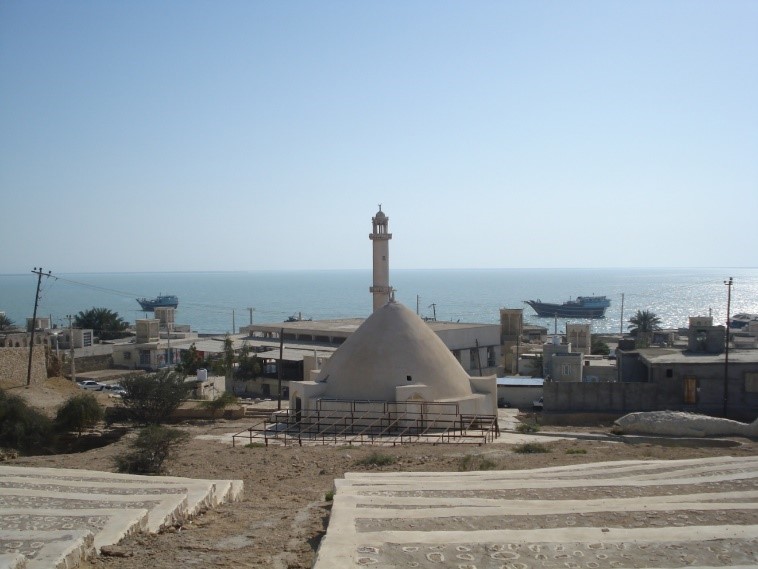Qeshm Island
Qeshm, Iran
Qeshm Island, Iran, is the largest island in the Persian Gulf. With a population of approximately 117,800 people, it is known for its historical background, customs, sacred sites, and ecotourism attractions such as a mangrove forest and coral reefs. The main sources of income for inhabitants are fishing and maritime trade. Local communities face numerous threats to their livelihoods, including unsuitable tourism, climate change, acculturation, inappropriate development, overfishing, pollution, and lack of appropriate infrastructure. The local people have worked to increase their resilience by participating in sustainable conservation practices and engaging in eco-tourism.
Top environmental challenge faced by the community (currently or in the past 10 years):
Lack of recognition, inappropriate tourism, climate change, acculturation (influx of non-native people for trade and visiting), inappropriate development, false jobs, overfishing, pollution, oil/gas/mineral exploration, habitat reduction, hot weather, limited fresh water resources and lack of appropriate infrastructure.
How the environmental challenge has affected local livelihoods:
Local communities in Qeshm Island face numerous threats and obstacles to sustainable development. There are environmental impacts of inappropriate natural resource use. The decline in fish resources has been a result of overfishing, pollution, industrial fishing and habitat reduction. Habitat reduction has also had changes in dolphin and sea turtle locations, directly having negative effects on ecotourism, which is one of the most important sources of livelihood for the residents of Qeshm Island. The above threats are exacerbated by climate change (e.g. increased temperature, lack of rainfall, and droughts) which can lead to habitat degradation (potentially compounding pollution effects) and which adds pressure on fish resources.
Community response to the challenge, through environmental stewardship (conservation) initiatives that improve environmental well-being and support sustainable livelihoods:
The local people show resilience to detrimental change and they have increased their efforts to keep their traditions alive. The community has learned how to combine natural tourist attractions with their culture. The community leads various ecotourism activities, including tours to see dolphins, mangrove forests, turtle nesting sites, coral reefs, nature attractions, natural sacred sites, historical and sea festival tours and scuba diving. Tourists can also purchase handicrafts and enjoy local food cooked in a community member’s home.
Extent to which governmental policy (at local, regional or national levels, as relevant) has supported, or been contrary to, the community's responses to the environmental challenge:
Examples of funded marine conservation programs include a set of initiatives supported by the Global Environment Facility (GEF), and broadly accepted by the government, that involved voluntary community participation in local-level environmental conservation and restoration projects. These are a collaboration between residents of the Island, village councils and the Qeshm Free Zone organization. But it seems there is no seat for the community to influence decision making on development plans.
Keywords: Ecosystem
Coastal, Mangrove, Marine
Keywords: Resources
Fish, Fossil fuels, Minerals, Wildlife
Keywords: Big Issues
Biodiversity, Climate change, Infrastructure, Pollution, Resource use, Urbanization
Keywords: Solutions
Empowerment, Local/Traditional knowledge, Policy and planning, Protected areas, Public participation, User-rights
Contributed by: Razieh Ghayoumi
The information provided and opinions expressed above are the responsibility of the contributor and do not necessarily reflect the views and analysis of the Community Conservation Research Network (CCRN), nor those of all members of the community described.
For any questions or comments on Communities in Action, please contact us
here.



